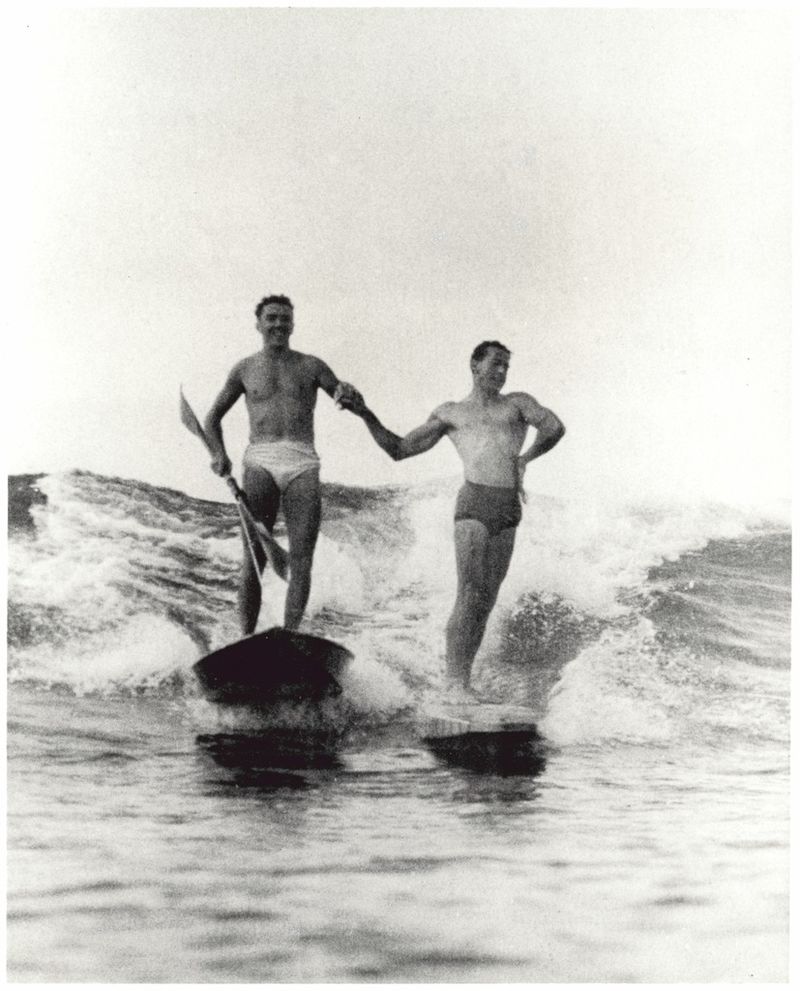If you haven’t had a chance to get to the water to complete your summer fitness bucket list, don’t panic! There are a ton of water fitness activities you can do as the weather gets colder, but with the summer heat gone, you need to take a little extra care.
Colder weather shouldn’t stop you from getting out on the water, but even mildly colder temperatures can put you into dangerous situations. Engaging in safe water fitness is about the right preparation, the right gear, and knowing when it’s time to hang up that paddleboard.
The Dangers of Cold Water
One of the biggest problems with the way we think about water is the way we think about temperature. When we think about, for example, 60 F, we think about a breezy autumn day. But a chilly day that might require a sweater, when translated into water temperature, becomes physically dangerous. Between 70 F and 60 F, it starts to become difficult to breathe in the water. These temperatures are dangerous, and cold shock becomes a risk. You should be cautious of any water below 70 F.
When we think about the dangers of cold water, we tend to think about the Polar Bear Plunge or Rose shoving Jack off of a piece of wood that clearly had room for both of them. (Welcome to one of my biggest pet peeves. She didn’t even check his breathing, let alone his pulse! Ahem.)
Anyway, freezing to death in icy water isn’t the only danger and probably not the most common. Cold shock can occur way before water even gets to freezing. If you get dunked in water below 60 F there’s a high chance you’ll start gasping and hyperventilating. Unable to control your breathing, drowning can occur extremely quickly.
Alright, that’s the doom and gloom out of the way.
Fall Water Activities to Enjoy!
You can still enjoy many of your water fitness activities from the summer as the weather changes. Stand up paddle boarding, kayaking, even swimming remain A-OK. If you’re like me, you start to crave being outdoors even more once the weather starts to cool off, so here are some ways to do it safely!
- Stand up Paddle Boarding
Expect to get dunked. You’re going to want some thermal protection from the water. For SUPing, whether to don a wetsuit of a dry suit depends on the circumstances. Here’s a quick rundown of the differences between wetsuits and dry suits from a stand up paddle boarder. Remember that after you fall in, you’ll be standing back up again, which exposes your body to a lot of wind. Once you’re wet, wind saps the heat and strength out of your body even more quickly, so come prepared with extra thermal protection.
- Kayaking
Plan for the worst! Make sure you’re prepared if you roll and get dunked. This time of year, you should avoid the ocean if you can. High winds and choppy water are more of a danger this time of year, and even in a relatively protected bay, it doesn’t take a lot to get swept out to sea. Again, once you get back in the kayak you’ll be exposed to the wind, though not nearly as much as with a paddle board. Take that into account, or you’ll have a miserable time!
- Swimming
Even moderately cold water can interfere with your ability to breathe, hold your breath, and can reduce your endurance. I don’t think you can be too careful here. No one wants to start a swim they could do easily in the summer only to find out the cooler water is taking a toll halfway through. Definitely get a well-insulated suit. Make sure you do a thorough warm up before starting, and if you find yourself shivering or cramping, cut your session short and look into different thermal equipment.
Honestly, for swimming, I hate to say it but you might just be better off indoors. And for all of these activities, please don’t undertake them alone! Make sure everyone is well-versed in the risks and that someone knows where you are.
Indoors Doesn’t Have to Be Boring!
Swimming is a fantastic workout, but laps get repetitive. Sooner or later, after you’ve been forced to swim indoors by the cold, you might find yourself bored with the same old swimming routine.
I’ve started looking at supplementary pool workout tools to help with my low-impact workout routines. If you practically have gills, but the same old swim is getting tiresome, throw on some ankle weights or grab some water dumbbells and do some resistance training! You don’t even need special equipment; if you’ve got resistance bands hanging around, why not try a few of those exercises in the water?
All in all, the aquatic fun doesn’t have to stop yet. But as time goes on, you need to be more and more careful. Whether it’s a sudden plunge or gradual muscle exhaustion, cold water shouldn’t be taken with a grain of salt. You might not see the consequences of cold water coming. But if you are purposeful about your planning, you’ll have a great time whatever the circumstances.

